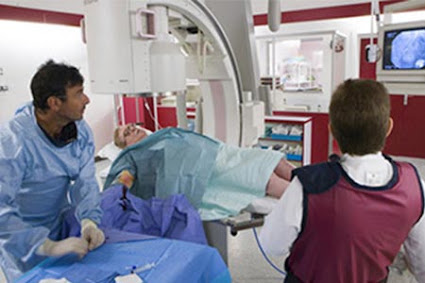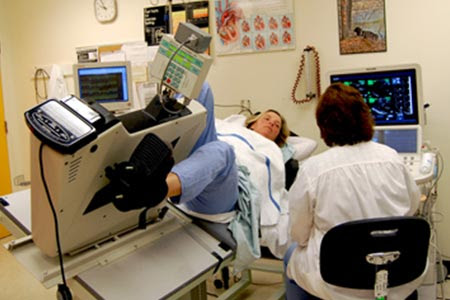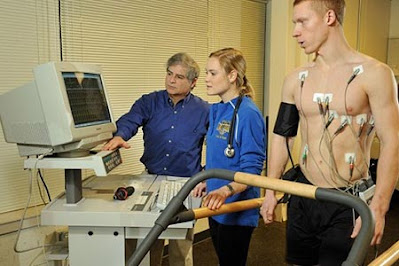What You Need To Know About Angiography
Angiography is an imaging technique used by medical
professionals to examine the structure and function of the blood vessels in
your body. It is a minimally invasive procedure that involves the injection of
a special dye into the bloodstream. This dye helps your doctor see which
vessels are blocked due to narrowing, scarring, or other issues. This article
will help you understand what angiography is, its benefits, and potential
risks.
How Does Angiography
Work?
Angiography and Angiography Cost in Delhi is a radiographic procedure that utilizes X-rays and a contrast medium (dye) to create images of the arteries and veins in various parts of your body. The contrast medium is injected directly into your bloodstream so that it can be seen on X-ray images taken after the injection. These images show any blockages, abnormalities, or narrowing of the blood vessels. Your doctor can then use this information to determine if there are any underlying conditions or diseases present.
Benefits of Angiography
The main benefit of angiography is that it allows doctors to get detailed images of what’s going on inside your body without having to perform surgery or other invasive procedures. It also has minimal risk and pain when compared with other tests such as arterial catheterizations and angioplasties. Additionally, angiography can provide crucial information about how well certain treatments are working or whether they need further adjustment. For example, if you are receiving treatment for high cholesterol, angiography can tell your doctor how effective those treatments have been in reducing plaque buildup in your arteries.
Risks Associated With
Angiography
While angiography does have its benefits, there are some risks associated with this procedure as well. Some people may experience allergic reactions to the contrast dye used during the procedure; these reactions may include nausea, vomiting, headaches, itching, rashes, chest tightness or difficulty breathing. Additionally, there is a slight chance that you could suffer from nerve damage due to exposure to radiation during the procedure. Finally, there’s always a small risk of infection at the site where the contrast dye was injected into your bloodstream.
Conclusion:
Angiography is an important tool for helping doctors diagnose various conditions and illnesses related to blood vessel health and functionality. While it does come with some risks as all medical procedures do the benefits far outweigh these risks for most patients who require it for diagnosis or treatment purposes. If you have any questions about this procedure or would like more information about what it entails and how it works please consult and checking the Angiography Cost in Delhi with a qualified healthcare professional today!
By taking advantage of this imaging technique you can ensure
that you will receive an accurate diagnosis quickly so that proper treatments
can begin sooner rather than later giving you peace of mind knowing that
you’re receiving quality healthcare services without delay!




Comments
Post a Comment